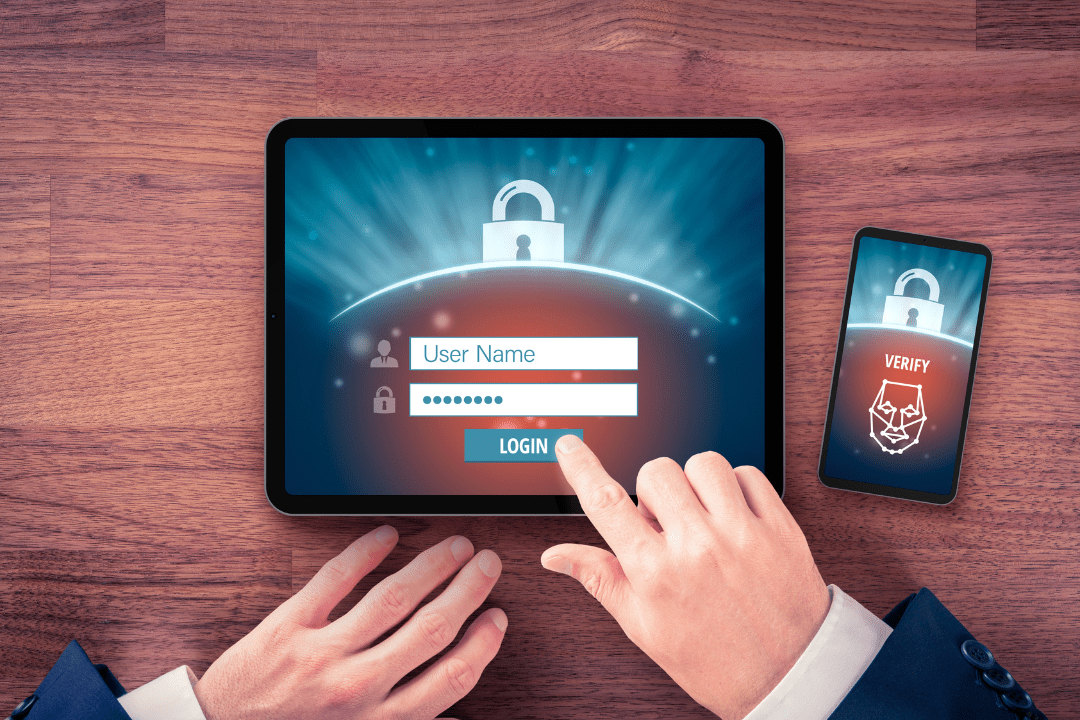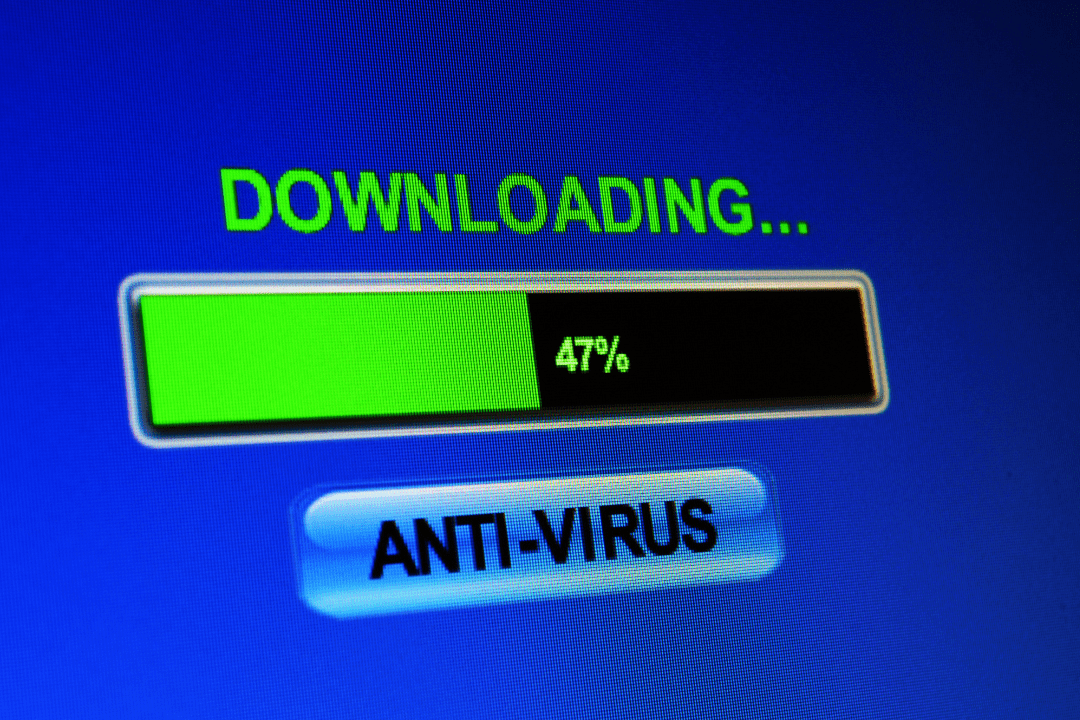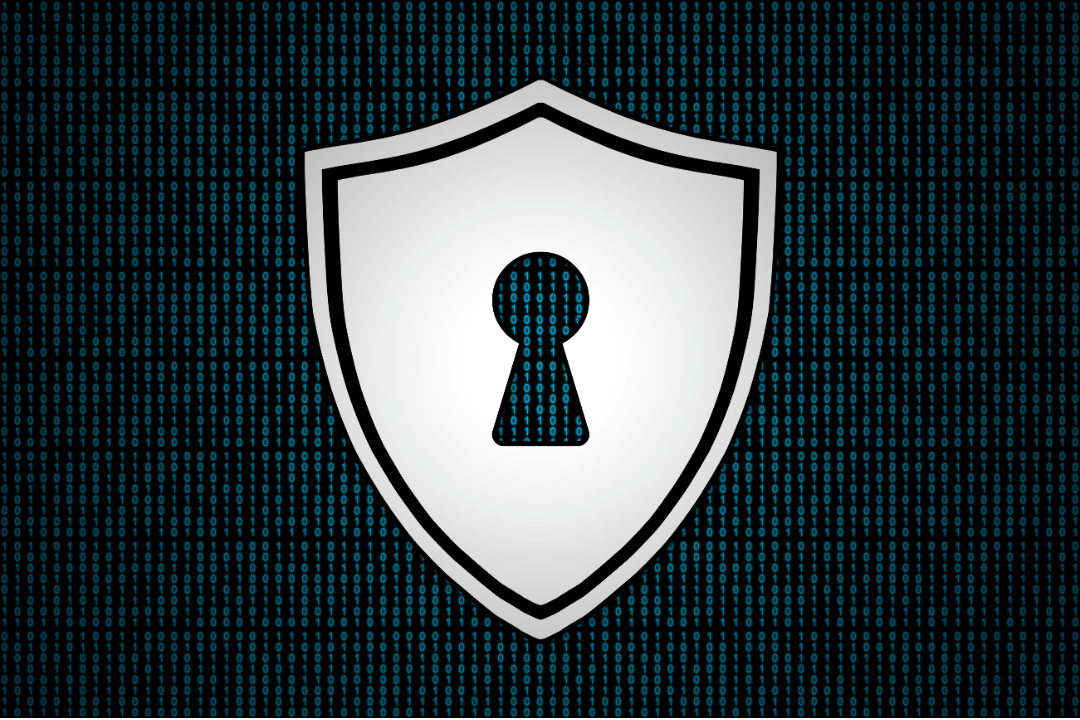Top 5 Cybersecurity Challenges Schools Face

Learn how K12itc can be your all in one platform
As K-12 schools rely more on technology, cyberattacks targeting their systems and sensitive data are becoming increasingly common. The rapid digital transformation in schools has created a greater attack surface, making them prime targets for hackers. We can’t track exactly how many schools cyberattacks have hit, but these threats are becoming more common and more advanced. Schools all over the country have already reported data breaches and disruptions, showing just how urgent it is to improve cybersecurity.
Many schools still lack basic security measures and the tools to detect and respond to cyberattacks. Limited budgets and understaffed IT departments often worsen these issues, leaving schools vulnerable to potential breaches. Without a proactive approach, schools risk exposing sensitive student and staff data, disrupting operations, and damaging their reputation.
This blog covers five common cybersecurity challenges schools face today and offers practical solutions. Addressing these issues will help schools lower cyberattack risks and protect students, staff, and sensitive data.

The Challenge: Lack of Multi-Factor Authentication (MFA) Adoption
While multi-factor authentication (MFA) is common in banking, online retail stores, and on social media platforms, many schools still do not use it for staff and student accounts. Without MFA, schools are at risk of account takeovers, especially in email and student information systems with sensitive data. Hackers can exploit weak or stolen passwords, exposing private information or disrupting operations.
The Opportunity: Implementing MFA Across All Accounts
The solution lies in adopting MFA across all critical systems in the school environment. MFA boosts security by asking users to confirm their login with a second step, like a code or fingerprint. Without it, hackers can use weak or stolen passwords to access email and student systems, risking sensitive data and disrupting school operations.
Adding MFA for all accounts is a crucial step in securing data from unauthorized access. As cyber threats grow, schools must prioritize MFA to protect their networks. Adding MFA for all accounts is a crucial step in securing data from unauthorized access.
While some schools may perceive MFA as an inconvenience, it dramatically reduces the risk of unauthorized access. It’s a low-cost measure that protects against attacks like phishing and brute-force logins. Schools should prioritize MFA for accounts with sensitive data, such as email, financial systems, and student records.

The Challenge: Lack of Advanced Email Protection
Phishing emails remain one of the most pervasive challenges of cybersecurity that schools face. Hackers often use phishing emails to trick staff into disclosing sensitive information, such as login credentials or financial details. Phishing emails can appear as legitimate messages from administrators, parents, or government agencies.
Once attackers get in through phishing, they can install malware, steal data, or commit fraud, causing major disruptions and costs.
The Opportunity: Investing in Email Protection and Regular Staff Training
Schools can protect against phishing by using advanced email protection tools that block suspicious messages before they reach inboxes. Features like email authentication, anti-phishing filters, and real-time threat detection help reduce the risk.
But technology alone isn’t enough.
Staff need regular training to recognize phishing attacks and other email threats. Cybersecurity training will keep staff informed about new phishing tricks and show them how to handle suspicious emails. Combining email security with staff education greatly reduces the risk of attacks.

The Challenge: Lack of Patching on Aging Third-Party Applications
Many schools still use outdated third-party software that they haven’t patched or updated in years. These applications often manage critical functions, such as student records, financial systems, and communications. When schools don’t update software regularly, it becomes more vulnerable to security threats. Unpatched apps have known weaknesses that hackers can exploit to access sensitive data or systems.
These security gaps can lead to serious consequences, including data theft, financial fraud, and operational disruption. Hackers can use weaknesses in outdated software to install malware, steal data, or take control of security systems. Schools often face budget constraints and lack IT resources, so updating software may not be a priority.
However, ignoring this puts schools at risk, allowing attackers to steal data and disrupt operations. Regularly patching and updating third-party applications is essential to maintaining a secure and functional IT environment in schools.
The Opportunity: Establishing a Regular Patch Management Process
Schools need to develop a structured patch management process to ensure that all third-party applications are updated regularly. This means monitoring vendor announcements for updates, testing patches before deployment, and applying them as soon as possible.
Automated patch management tools streamline this process, ensuring timely updates. Additionally, schools should evaluate and replace older, unsupported software with newer, more secure alternatives. Keeping software up-to-date is an easy but important step in securing school networks from attackers.

The Challenge: Lack of Visibility on Endpoints and User Actions
Traditional antivirus software is no longer enough to protect schools from modern cybersecurity threats. Ransomware attacks, in particular, can bypass basic antivirus programs, encrypting critical data and demanding payment for its release. Additionally, without adequate visibility into the actions taken on endpoints (e.g., laptops, desktops, and mobile devices), schools may struggle to detect malicious activity early. This lack of visibility makes it hard to respond to threats, letting threat actors go undetected for longer.
The Opportunity: Deploying EDR and IDR Solutions for Full Visibility
Schools should invest in Endpoint Detection and Response (EDR) and Incident Detection and Response (IDR) tools. These tools help IT teams detect suspicious actions like unauthorized file access or unusual logins.
EDR solutions also provide insights into how attacks start, helping schools strengthen defenses. IDR platforms enable faster incident response, minimizing breach damage. EDR and IDR tools give schools better network visibility and help stop unauthorized actions before they cause serious problems.

The Challenge: Lack of Adequate Funding for Cybersecurity
One of the most significant challenges schools face in securing their networks and systems is limited funding. With limited budgets, schools often prioritize staffing, classroom resources, and infrastructure, leaving cybersecurity underfunded.
Many schools can’t afford essential cybersecurity tools like firewalls, intrusion detection systems, and encryption. This lack of investment leaves them vulnerable to growing cyber threats.
The absence of adequate funding can have far-reaching consequences. Schools without sufficient cybersecurity protections are more likely to experience data breaches, ransomware attacks, or system downtime, which can severely disrupt educational operations.
These incidents can hurt a school’s reputation, reduce trust with students and parents, and be expensive to fix. Without the resources to respond effectively to these threats, schools risk long-term financial losses and setbacks.
The Opportunity: Leveraging E-Rate and Grants
While budget constraints are a reality, E-Rate and Grants can help schools secure the funding they need for cybersecurity. USAC recently launched an E-Rate Cybersecurity Pilot Program which provides up to $200 million in universal service support to eligible schools and libraries to defray the cost of cybersecurity services and equipment. In addition to E-Rate, State and County Governments provide cybersecurity grants to qualifying schools.
Schools should also explore cost-effective solutions tailored to their specific needs. Partnering with a trusted IT provider like K12itc can helps schools find budget-friendly cybersecurity solutions that offer strong protection. Additionally, schools should stay informed about grant opportunities and other funding programs designed to support cybersecurity improvements in educational settings.

Turning Cybersecurity Challenges into Opportunities
As schools rely more on technology, addressing cybersecurity risks has become increasingly urgent. The rise in digital tools creates more opportunities for hackers, so schools must act to secure their networks and data. By addressing key gaps like multi-factor authentication (MFA), email security, software updates, and device visibility, schools can reduce the risk of cyberattacks and better protect staff and students.
Though budgets may be tight, investing in school cybersecurity now can prevent costly breaches and disruptions later. Cybersecurity is a critical investment in maintaining a secure educational environment. Partnering with a trusted IT provider like K12itc helps schools secure data and ensure technology supports the learning experience.
